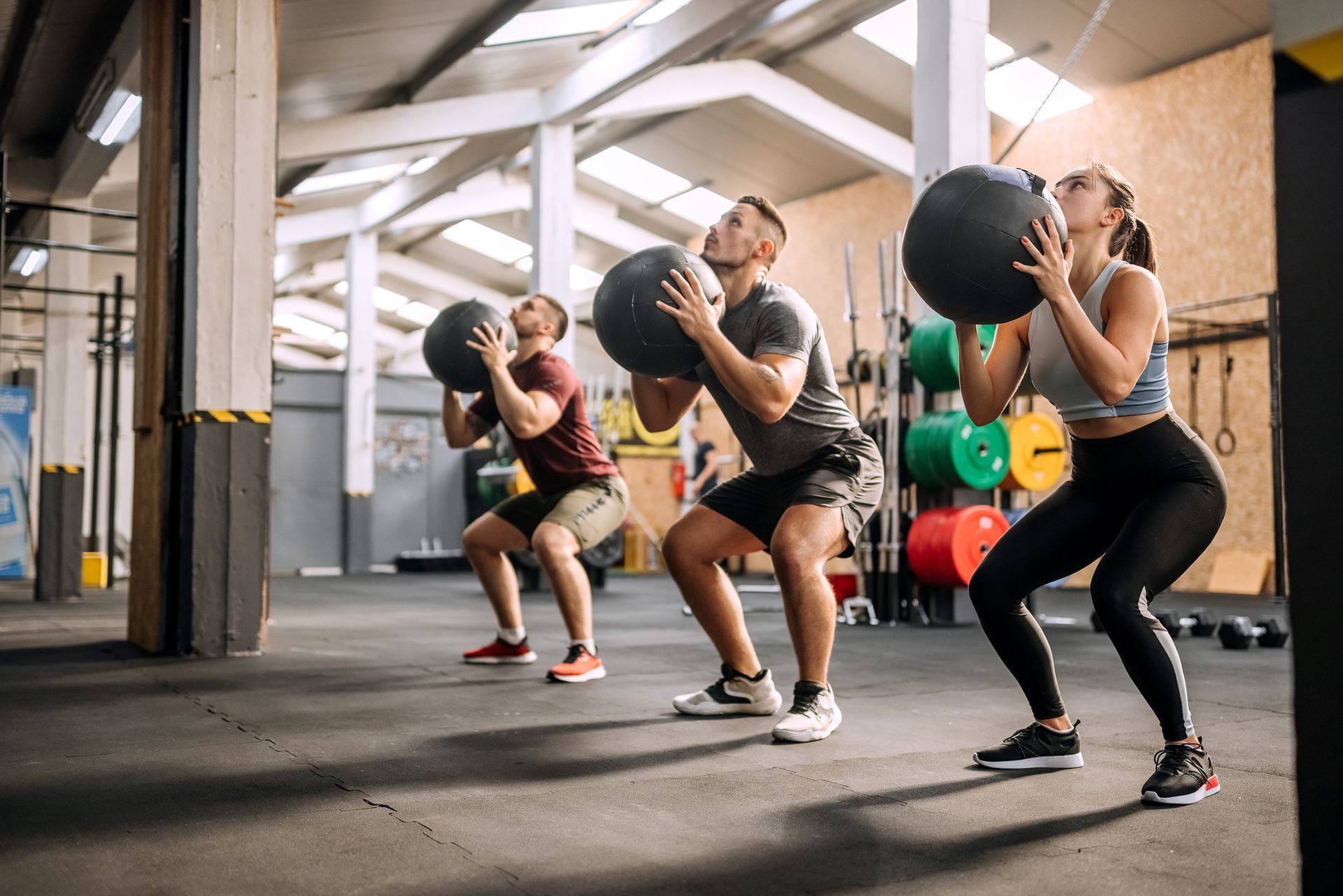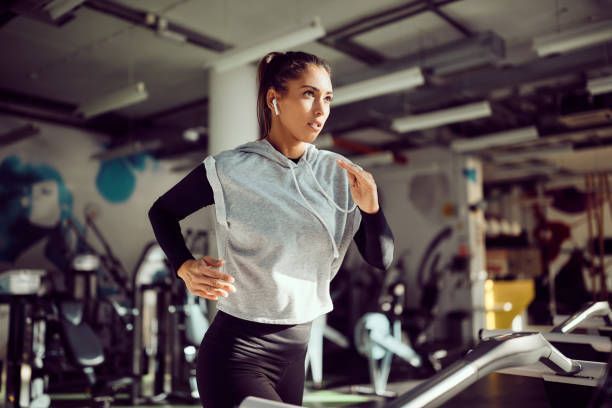Fortify Fitness Training Programs—Your Path to Strength and Success
Personalized Training in Burlington, VT
At Fortify Fitness, we offer a range of training services for both in-person and remote clients. Our programs are designed to help you achieve your goals, whether you're looking to build strength, lose weight, or improve overall fitness. Located in Burlington, VT, our expert trainers provide hands-on guidance, cutting-edge techniques, and personalized plans tailored to your needs. Ready to take the next step? Book your training sessions today!
Foundations of Fitness
Perfect for beginners, this introductory training series helps you get comfortable using the gym and equipment at Fortify Fitness. Over three sessions, you'll focus on:
- Lower Body Strength—Building power and stability in your legs
- Upper Body Strength—Enhancing muscular endurance and definition
- Core Stability—Strengthening your foundation for overall fitness
Personalized Fitness Roadmap—Goal Setting & Assessment
A structured approach to assessing your fitness level and setting realistic, achievable goals. This package includes two one-on-one sessions with a trainer:
- Session 1: Consultation & Goal Setting—Discuss exercise history, health considerations, and fitness aspirations
- Session 2: Fitness Assessment—Establish baseline numbers for strength, cardiovascular endurance, and flexibility
Weight Loss Transformation
Designed for those looking to shed pounds, boost metabolism, and enhance overall well-being. Our six-session in-person or remote plan provides a comprehensive fitness roadmap, including:
- Personalized Goal Assessment & History Review
- Cardiovascular Conditioning & Endurance Training
- Nutritional Guidance & Structured Meal Planning
- Strength Training Program for Fat Loss
- Customized Workout Scheduling for Lasting Results
- Ongoing Monthly Check-Ins & Progress Reviews
Functional Strength
Unlock your full potential with our 4-session functional strength program. This in-person or remote series focuses on building core strength, flexibility, and stability using cutting-edge resistance training:
- Session 1: Upper Body Strength Development
- Session 2: Lower Body Power & Endurance
- Session 3: Core Strength & Stability
- Session 4: Program Design for Long-Term Success
Heart Health & Endurance Training
Boost your cardiovascular fitness and master advanced training techniques in this 4-session high-intensity cardio series. Your package includes heart rate monitoring techniques to track progress effectively:
- Session 1: Treadmill & Elliptical Techniques
- Session 2: Stair Climbing & Step Training
- Session 3: Rowing & Ski Erg Workouts
- Session 4: Spin & Assault Bike Challenges
Core Strength & Stability
A focused 4-session program designed to build core power, enhance posture, and improve full-body stability. Learn how to integrate core training principles into your workouts using specialized stability exercises:
- Session 1: Physio Ball & Bosu Training
- Session 2: Planks & Cable Workouts
- Session 3: Surfset Board & TRX Exercises
- Session 4: Core Challenge Circuit
REMOTE TRAINING
Personalized Remote Training from the comfort of your space. Our expert trainers will accomodate the equipment you have available.
Remote Personal Fitness Training: Convenient, Affordable, Effective
Looking to achieve your fitness goals without the hassle of commuting to a gym or scheduling around someone else’s clock? Remote personal fitness training brings the expertise of a certified trainer directly to you—wherever you are, on your own time.
What is Remote Personal Training?
Remote personal training is a modern approach to fitness coaching that allows you to work with a certified trainer via video calls, customized workout plans, and app-based support. Whether you're at home, in a hotel, or on the go, your trainer stays with you virtually—keeping you accountable and motivated.
Benefits of Remote Fitness Training
💰 Lower Cost
In-person training can get expensive. With remote training, you're not paying for the overhead of a physical gym. That means more affordable sessions without sacrificing quality.
🕒 Ultimate Convenience
No commute, no waiting around for machines, and no schedule juggling. You can train from home, on your lunch break, or even while traveling. Flexibility makes it easier to stay consistent—and consistency drives results.
🏠 Train From Anywhere
Your living room, a hotel room, your backyard—your gym is wherever you are. All you need is a little space and an internet connection.
🎯 Customized Plans
Remote trainers provide workouts tailored to your goals, equipment (or lack thereof), fitness level, and schedule. Progress tracking and plan adjustments happen in real-time, just like in-person sessions.
📲 Ongoing Support & Accountability
Most remote programs include check-ins, messaging, and progress updates. You’ll always have a coach in your corner, even if they’re not in the same zip code.
- Remote Training with TRAINERIZE - State of the art training software to help track activity and progress
Is Remote Training Right for You?
Remote fitness training is perfect for:
- Busy professionals
- Parents working out at home
- Travelers who want to stay on track
- Anyone looking to save time and money without compromising results
Get Started Today
Take control of your fitness journey on your terms. Try remote personal training and discover how simple, effective, and empowering it can be.
Your Fitness Journey Starts Here
We are dedicated to helping you reach your full potential. Our certified trainers will provide the motivation, knowledge, and structured support to ensure your success.
Ready to train smarter and achieve more? Contact us today to book your first session!







